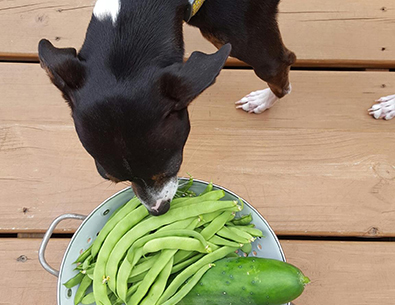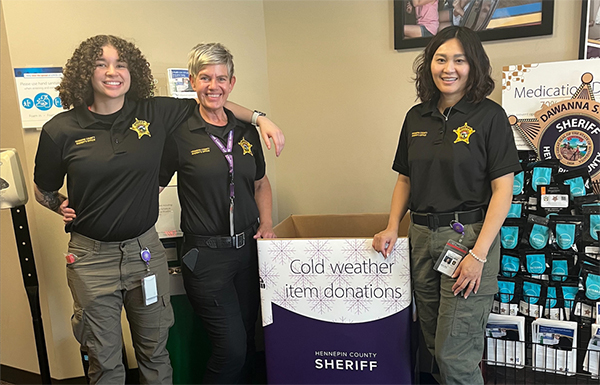Owning a pet can create a lot of waste from packaging and the pets themselves. But there are steps you can take to reduce the amount of waste associated with having an animal companion.
Food
A low-waste option is to make your own food; although be aware this can be time-consuming. You can use meat and bones from local producers, grow vegetables in your yard, or buy locally grown produce.
Making your own food greatly reduces packaging waste, and will almost always be of higher quality than what you can find in a commercial food, so it will be more digestible and your cat or dog will produce less waste. Cats are obligate carnivores, so while they can eat vegetables and grains, they need meat as their main nutrient source.
There are a lot of articles to help you decide if making your own food is the right choice for you and your pet — check out these from WebMD, Cat Nutrition, or Bark.
If you don’t want to make your own food, try a grain-free food that you buy at a pet food store. In most cases this will be highly digestible, which means less waste in the litter box and in your yard.
Treats
You can make your own treats to cut down on packaging waste. There are many options online – check out these ideas for cats and canines. You can also grow your own catnip.
Pet waste
For cats, look for litter made from pine, cedar, wheat, newspaper or corn. Avoid litter made from clay, which must be mined. Plain sawdust is also a cheap and effective option.
For dogs, don’t buy new plastic bags to pick up poop. Instead reuse things like bread bags, newspaper bags, or food-soiled zipper bags.
Bedding like pine and newspaper from herbivores, including rabbits, gerbils, hamsters, guinea pigs, chinchillas, mice, horses, alpacas, can be composted in your backyard bin.
Gear
Look for food and water bowls, leashes, harnesses, crates, toys and beds that are new or gently used on Craigslist or Nextdoor or at your local animal shelter if they sell used products. Or try making your own beds and toys out of surplus/repurposed materials. You can customize them, and they’ll be cheaper, too.
Grooming
Use a castile soap, such as Dr. Bronner’s diluted with water, or natural baby shampoo to wash your dog. Frequent baths will dry out your dog’s skin, so try not to wash them any more than necessary.
As an alternative to chemical flea repellents and treatments, try natural remedies to avoid the plastic packaging.

